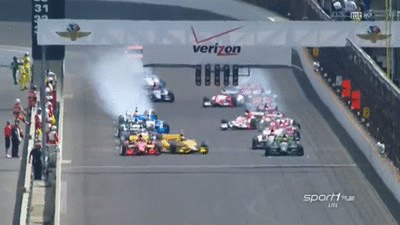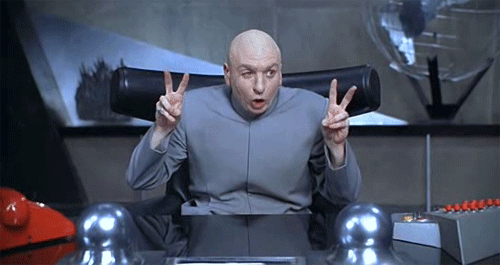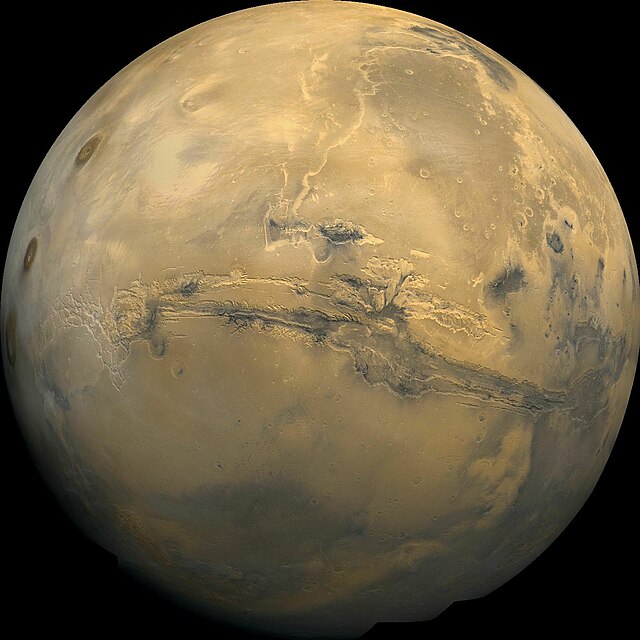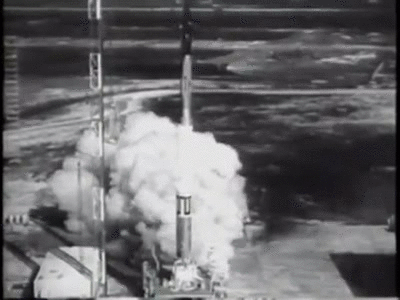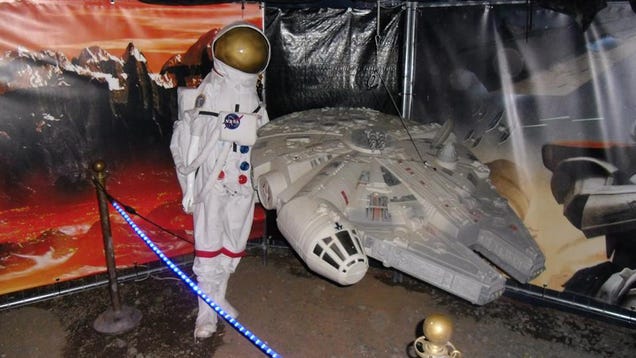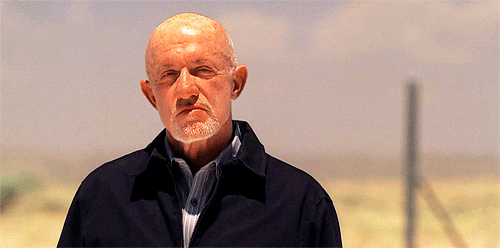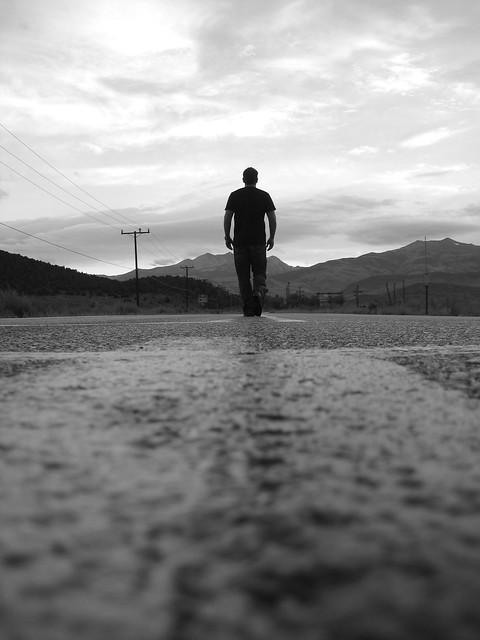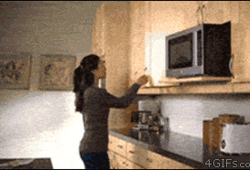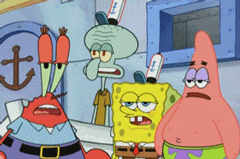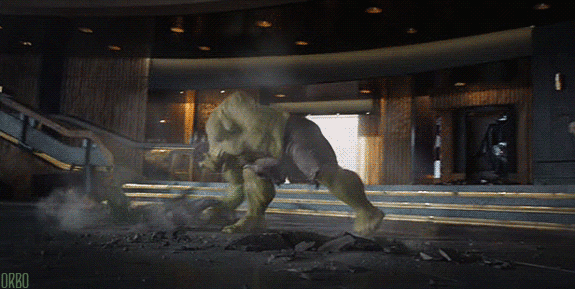His heart was always at Mount Vernon (and for good reason - have you seen the view?). Being there makes one realize how few people we have today that truly live for a cause that transcends their own personal desires.
God speed, General.
Publishing this post is the last thing I did before I walked out my door this morning to begin my 5 hour trip back to Indianola. I wanted this post to be a reflection of what I have learned this summer. Not what I have learned about astronomy or science or education, but what my experiences taught me about life:
There is no substitute for experience
"Make no little plans," says the proverb. Ever since I began college, that seems to have been my mantra. At the age of 19, I was leading swim teams, and by 20 I was looking for head coaching positions. I was pursuing a double major, overloading on credits, while working nearly full-time between two jobs.
I was hired in Indianola right out of college at 22, and was immediately charged with overhauling the technology curriculum - a challenge that I relished.
I wanted to work at the Smithsonian for the challenge of doing something even greater.
Yes, I am ambitious, with an ideological streak, ever wanting to set the world on fire to build something greater in its ashes, beginning with the way we educate our kids.
Having the drive and ambition and vision has usually worked out for me regardless of my lack of experience. It worked out in my coaching, in my teaching, and in my curriculum design. I had no reason to believe this would not be the case with any of my pursuits. I was always seeking out - and succeeding in - pursuits in which I started with little to no experience.
However, going that next step in my career, as a lead teacher in only my 2nd year of my career, was probably too much too soon. I'm not happy with the progress we've made, and the blame lies squarely on my inexperienced shoulders.
I've had some terrific examples of leadership in Indianola. But my "gene pool" of examples is just too shallow.
This summer, as I've had the chance to spend time around people with more experience in all walks of life, I can only think of my recent past and goals for the future. While my fellow interns are rightly interested in positioning themselves favorably as they enter the job market, I've been more interested in "How do you run an organization?"
I've had the opportunity to ask this of James Guyette, CEO of Rolls-Royce North America, and General Jack Dailey, a four-star Marine Corps General and Director of the Air and Space Museum. Being able to work with the Air and Space Museum education leaders has been invaluable, and has taught me lessons I will keep in mind far into the future. I have greatly varied my "gene pool" of examples this summer.
You don't want what you think you want
This is a tough one to explain. I've read an awful lot of books this summer. I've read autobiographies by Gene Krantz (Apollo-era NASA Flight Director), Jim Lovell (Gemini VII, Gemini XII, Apollo VIII, Apollo XIII), Tom Kelley (Lead engineer on the design of the Lunar Module), Elon Musk (founder of Tesla Motors and SpaceX), and on Operation LUSTY (Luftwaffe Science and TechnologY, the American's race to capture Germany's superior technology after WWII).
The underlying theme with all these books is that no one ended up doing what they thought they would be doing. What they ended up doing was greater than their dreams.
The moral is: get as much experience as possible at as many different things as possible. Some day, something will come your way that will let you use it.
There's no place like home
I really enjoy being in DC, I really do. But by early July, my impossible-to-clean apartment, the incessant crowds, impossible grocery stores, and the mouse living under my fridge made me long for home.
My favorite GIF of the summer: What it's like to walk anywhere in this city.
If I knew I was moving out here permanently, I would do a number of things differently, and wherever I ended up would become home quickly. I would meet more people, make more friends, get out and volunteer some, find a church, etc.
People have endured far worse. I feel bad even complaining about this. But, I guess it helps me make my point: everyone needs a home.
I have encountered far too many homeless people. I don't want to get into political speculation about why they're homeless or how best to help them, or whether they even want help. I did my part - from carrying a stack of 1's around when I went anywhere to buying a complete meal for the occasional person who would ask (I figured if they were bold enough to approach me and ask, they must be really desperate. At least I would have to be to do that. I would pray that if I was going to be doing that for people, the ones who truly needed a break would be the ones I found).
However, I implore anyone trying to "solve" homelessness to realize this: a home is not just a place to live. For me, I had a place to live, and it was actually a pretty nice place; what I did not have was a home. Home means something different for everybody - for me, it means laying on my own recliner. I'll probably do that for at least a good hour before I even unpack.
Great people are people too
This summer gave me opportunities to mingle with record-setting pilots, astronauts, generals, and CEOs. I've seen the homes and workplaces of the "great men" in American history. The public tends to put people like this up on a pedestal - and for good reason: extraordinary feats should be celebrated. All of these people have done things most never will. Let's look up to them and learn from them.
But, they're all also regular people. They have lives and families, interests and hobbies. They have personality quirks and sit on couches like everyone else.
I guess the important thing to remember is that regular people can become great. It's not necessarily inherent. After all, NASA was built by farm boys who looked up one night and decided to go there. Let's all do that.
Value the relentless pursuit of excellence
The Air and Space Museum is the world's most visited museum. In peak tourist season, it will see 50,000 visitors a day - that's the size of a city! But, it's not resting on it's laurels - this is a place that will totally revitalize everything about the way it works in the coming years. This is because, as great as it is, there is still more to do.
The mission of the Smithsonian is "The Increase and Diffusion of Knowledge." The mission of the Air and Space Museum is "to Educate, Commemorate, and Inspire." The best organizations are the most self-critical - always trying to examine the degree to which they are truly fulfilling their mission. Although NASM is already working hard at its mission, there is still more to do. There will always be.
It is fitting that the museum is filled with objects built by people with the same relentless pursuit of excellence. The Wright Brothers - the first flyers - could build a glider. They went to Kitty Hawk three times before the winter of 1903, but they weren't satisfied with the performance, and kept doing more research and improving their design until they felt they had the right machine and could attach an engine.
All the record-setting aircraft and spacecraft were built because of one thing: the way things were wasn't good enough.
It is never cool to be less than your best or to leave your destiny unfulfilled. Excellence is demanding. Excellence requires sacrifice. But, we should all pursue excellence in all we do.
And, with that, I say, "So long, DC."
Sweet corn, anyone?

